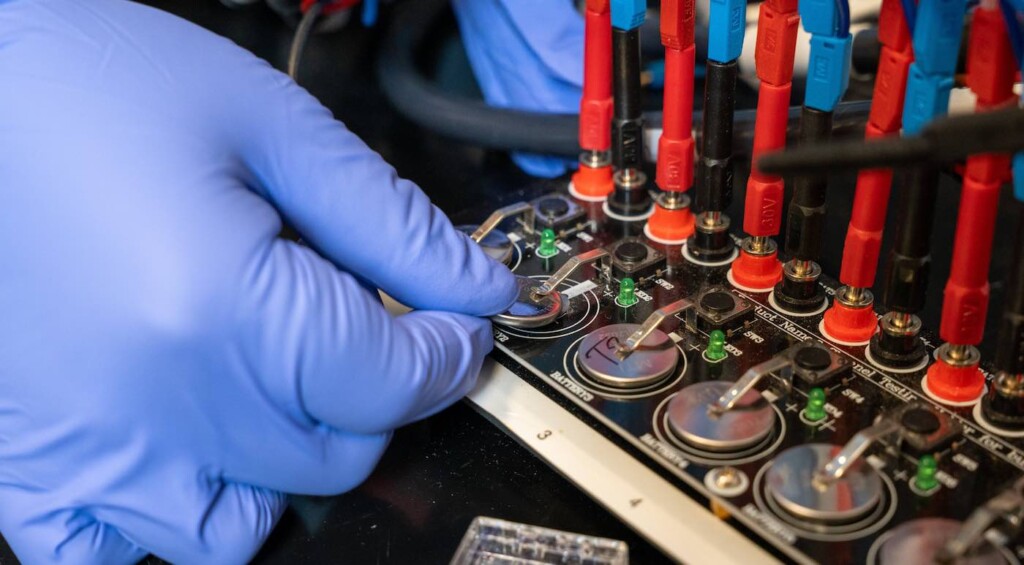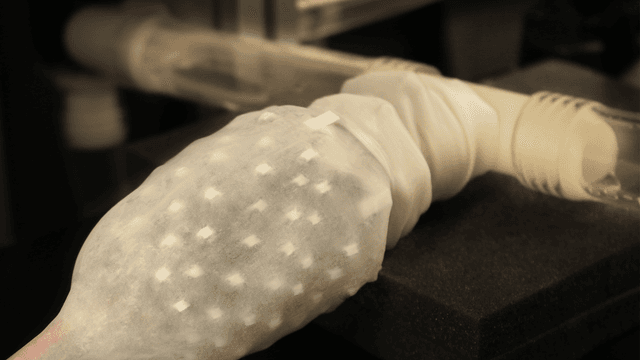Ford’s Strange Hologram Patent
Ford is envisioning a future where sci-fi-inspired holographic technology could bring digital representations of police officers, guard dogs, and even polar bears to life around its vehicles as a means to deter criminals. A recent patent filing from the automaker details a system of Integrated Holographic Camera Modules (IHCMs) that could create “moveable and interactive holograms” both inside and outside of a car. While it’s uncertain if Ford will ultimately pursue this hologram tech, the filing outlines various potential uses, such as warding off unwanted visitors or projecting a virtual drive-thru menu inside the car for easier ordering.
Holograms for Security
The patent explores projecting holograms on a vehicle’s exterior and interior, with one illustration showing a digital police officer standing beside a parked car. The system would use multiple IHCMs, which combine cameras, projectors, and computing components to create projections without noticeable distortion. Drivers could activate these holograms by simply looking at the car and giving a “thumbs up” gesture. The patent, filed in February 2023 and published recently, was first spotted by Ford Authority.
Ford envisions a scenario where if someone touches or walks through a holographic police officer guarding the vehicle, the driver would be alerted. The patent also describes a selection of holographic images stored in the car’s system, including a guard dog, intended to patrol the vehicle’s perimeter like a digital watchdog.

How Holograms Work
Holograms are created using lasers and light waves to project three-dimensional images that appear real to the naked eye without any special viewing equipment. A common version of this is on currency and credit cards. However, this is not the same type of hologram suggested in Ford’s Patent. The patent doesn’t delve deeply into the specific technology behind their system but focuses on the “system and method” of projecting these holograms via a vehicle.
Practical and Creative Uses
According to Ford, holograms of police officers or guard dogs could serve as a deterrent, alerting the vehicle owner if someone interacts with them. Inside the car, holograms could display drive-thru menus, movie listings, or even assist with navigation and parking by projecting guidance lines. Smaller holograms might appear on surfaces within the car, such as screens or mirrors, enhancing infotainment, video calls, or other interactive features.
The patent also imagines merging exterior and interior holograms into one large, bizarre projection—such as a giant holographic polar bear sitting in the driver’s seat, with its head protruding through the sunroof because it’s too big to fit inside. Personally, I think that internal drive-thru menus and parking guidance lines are where the strength of this tech could truly lie.





